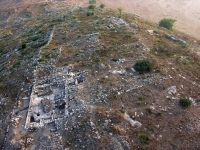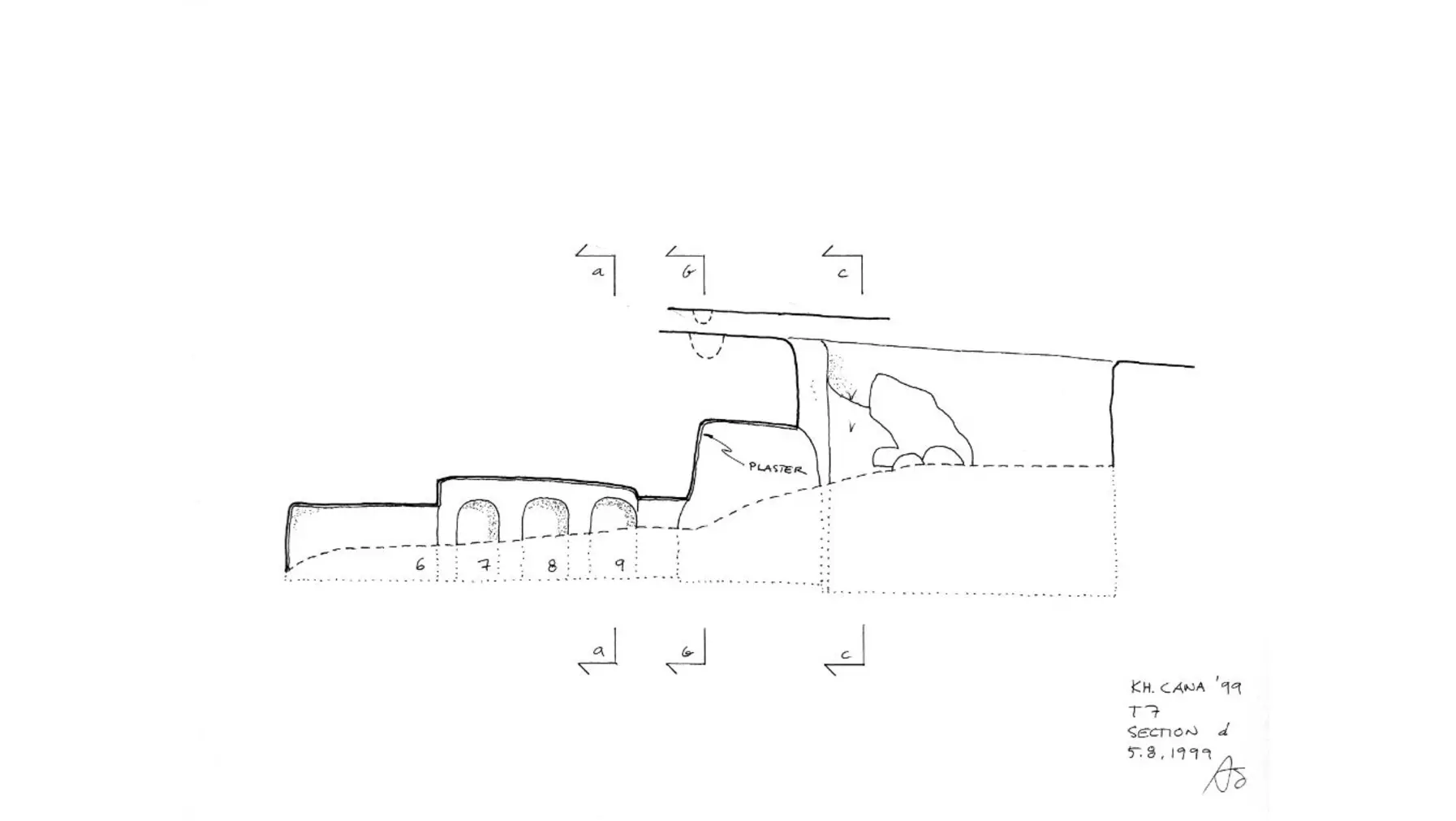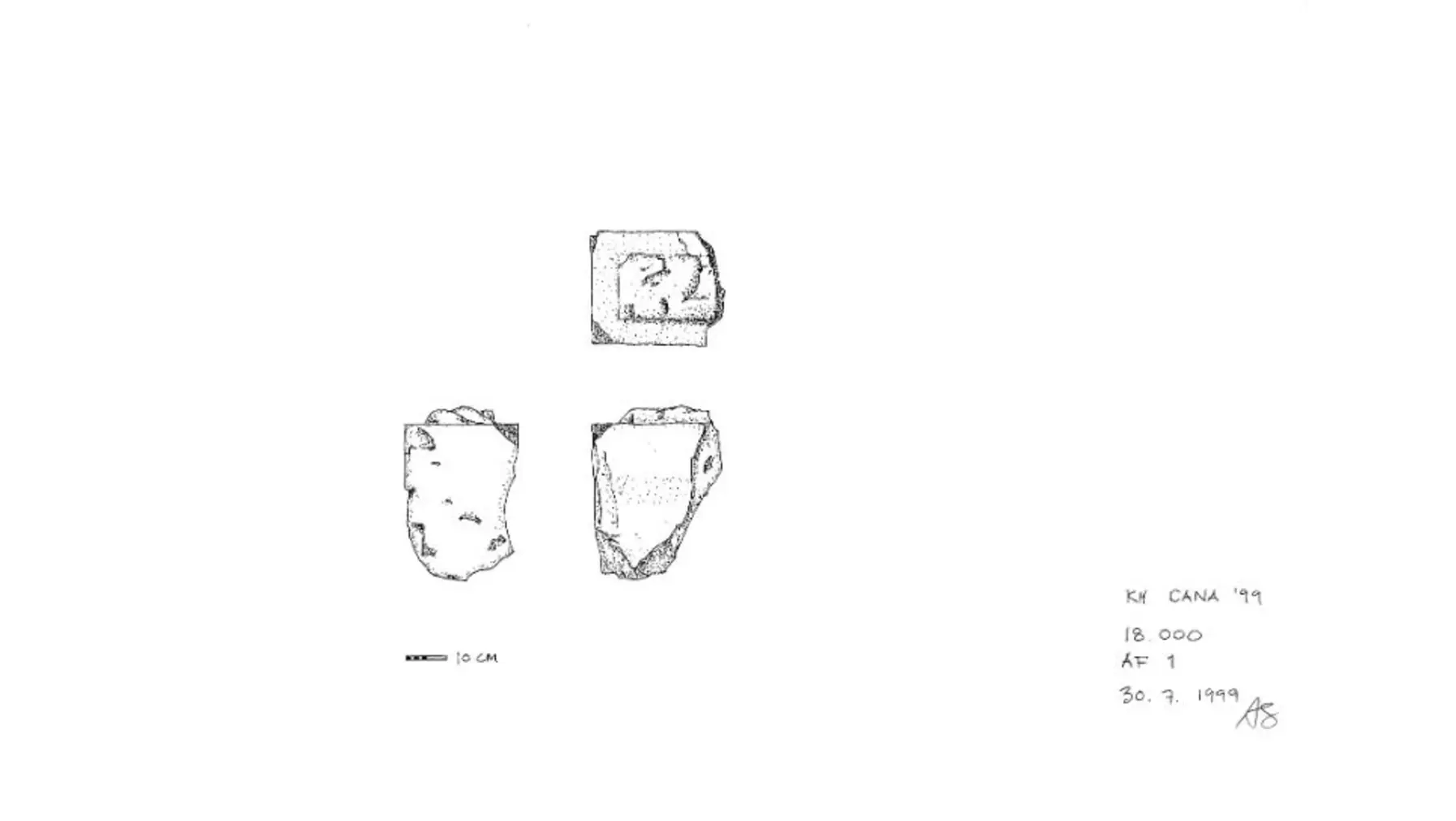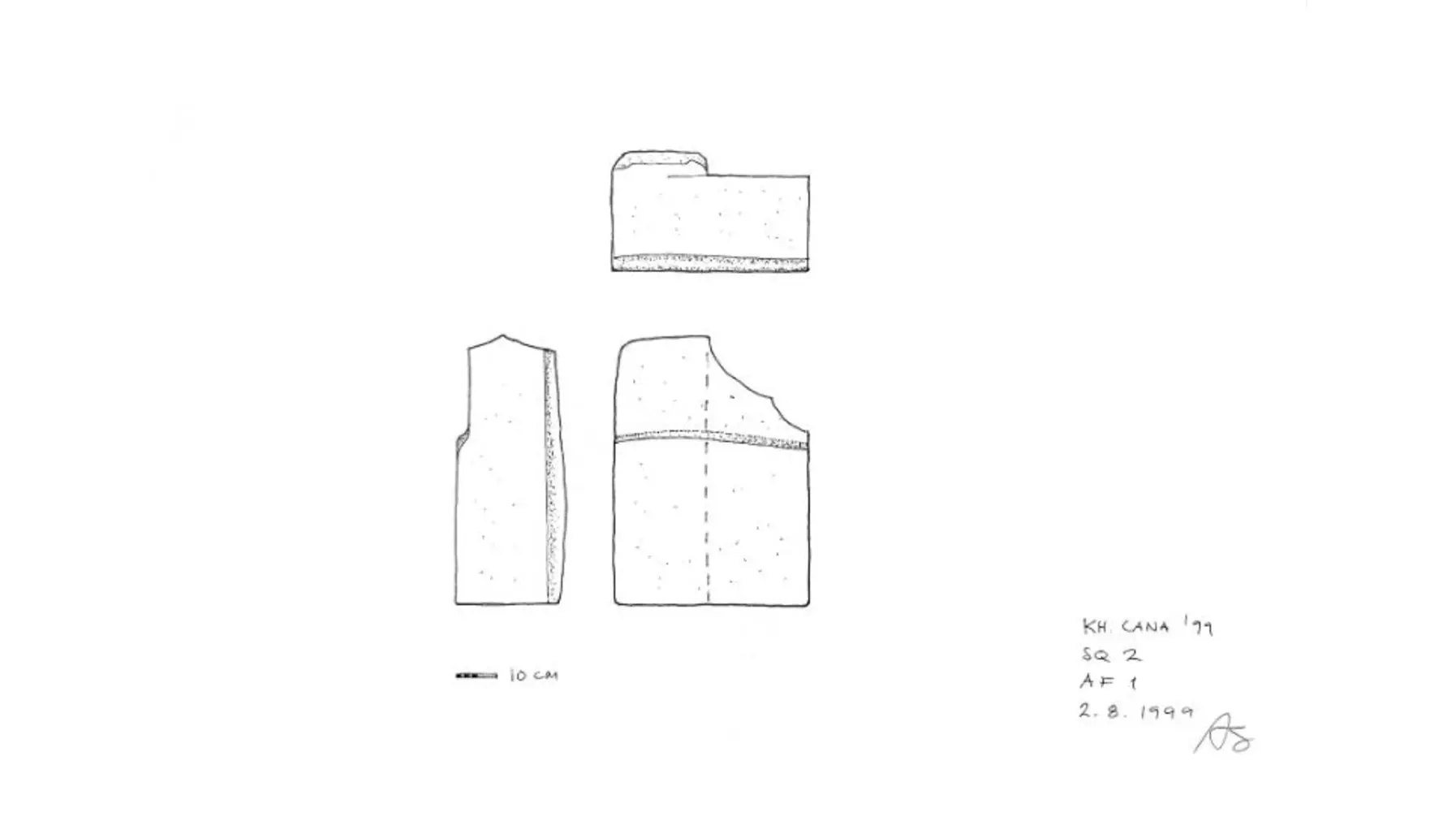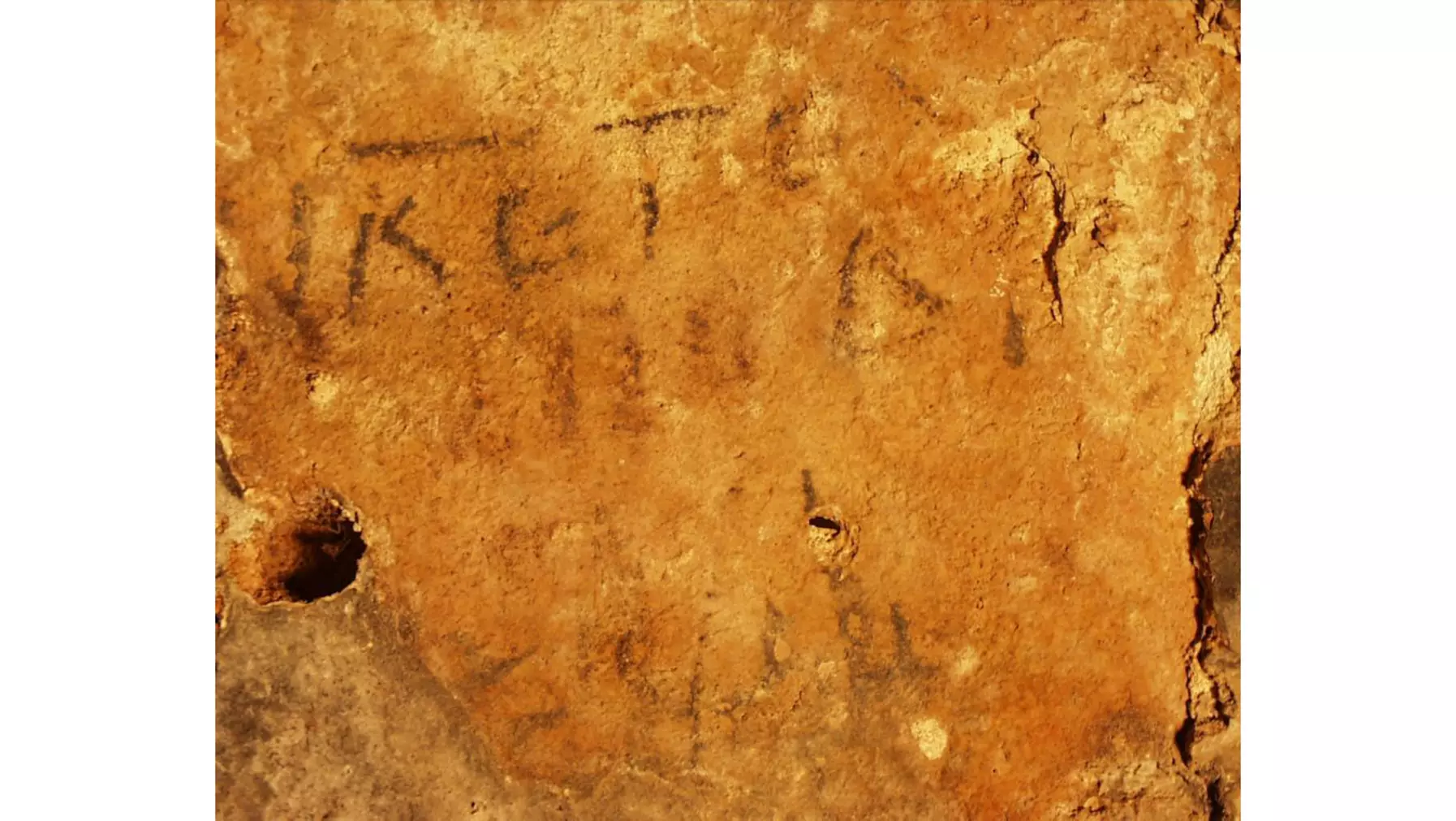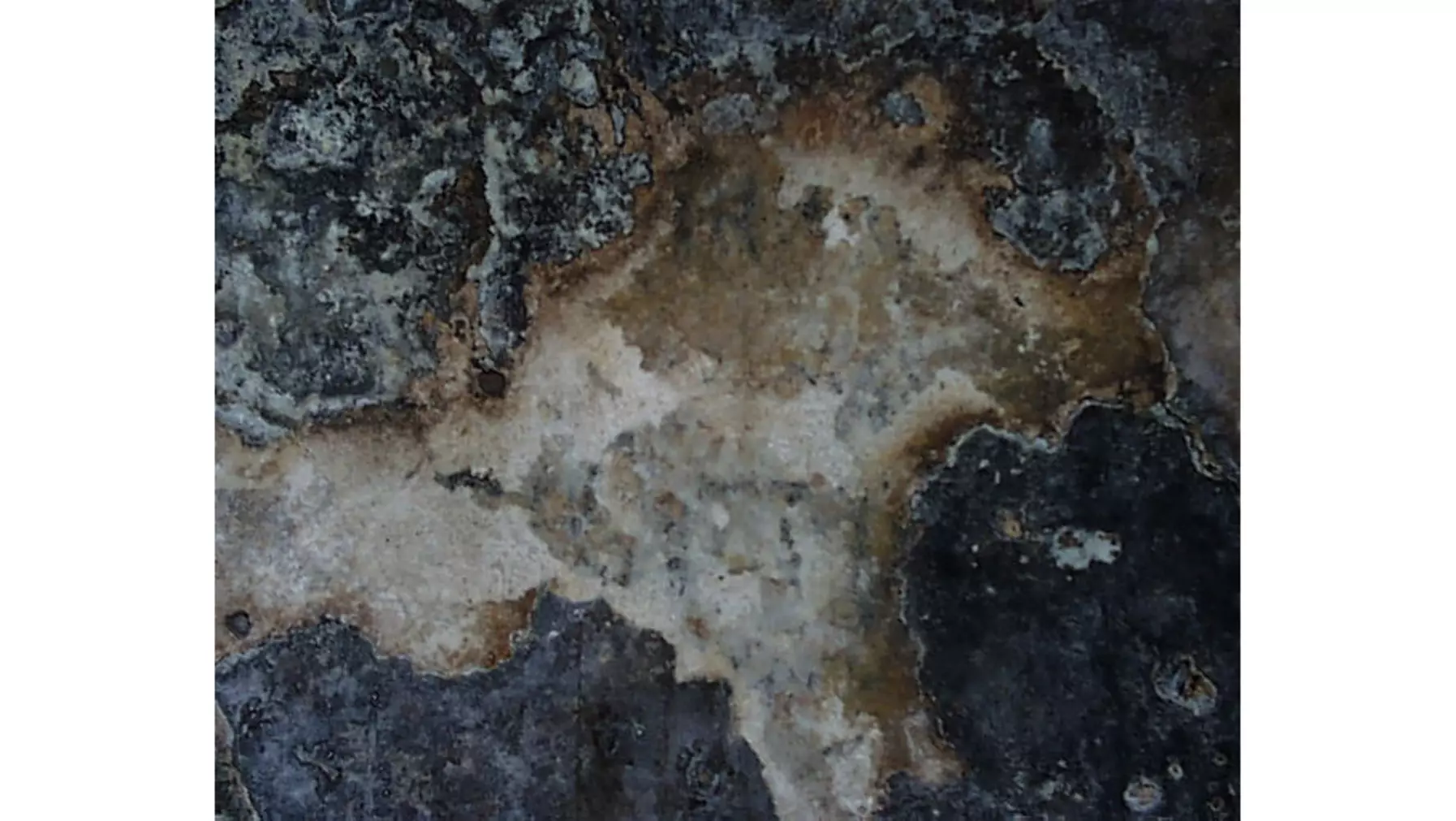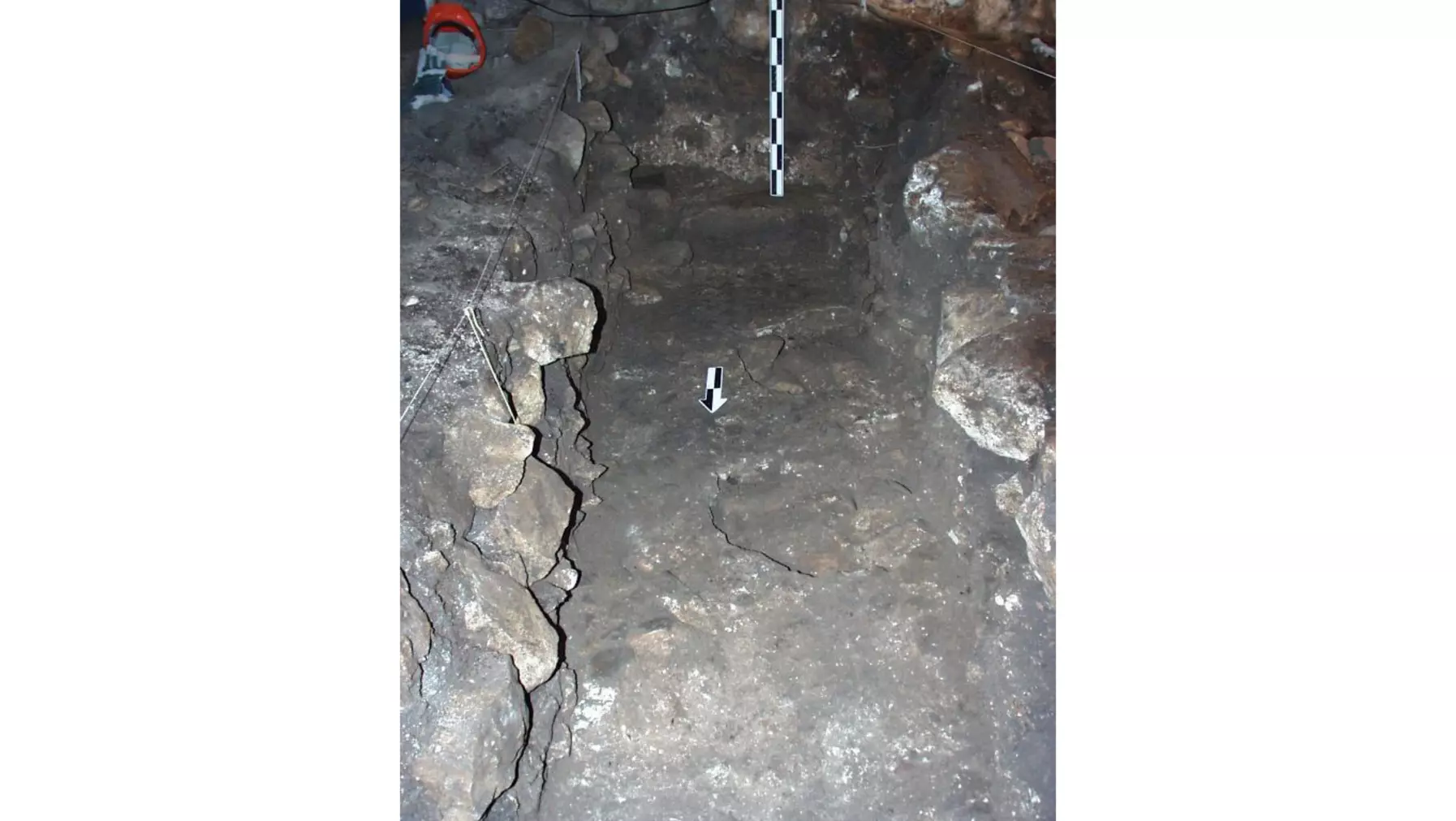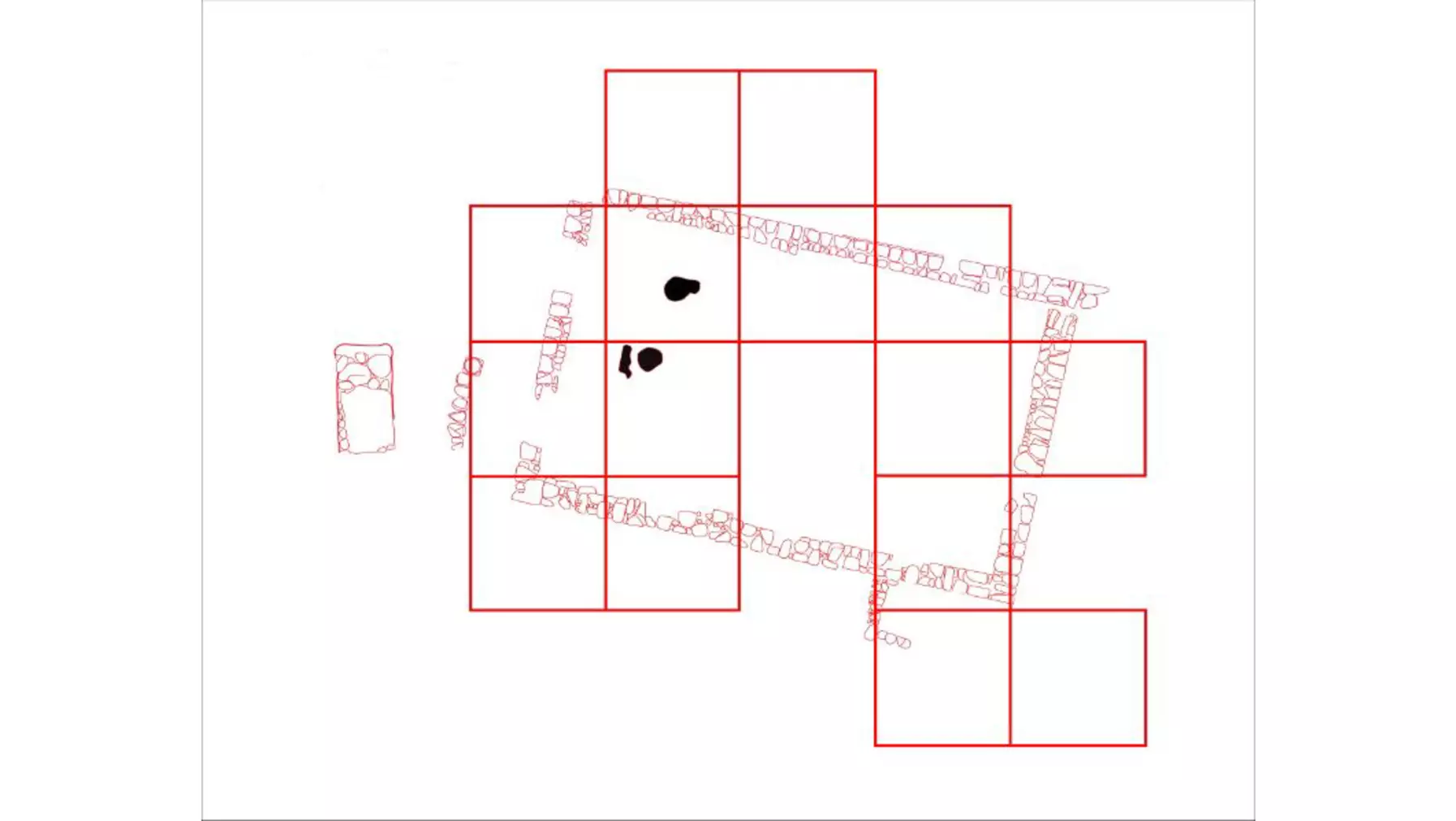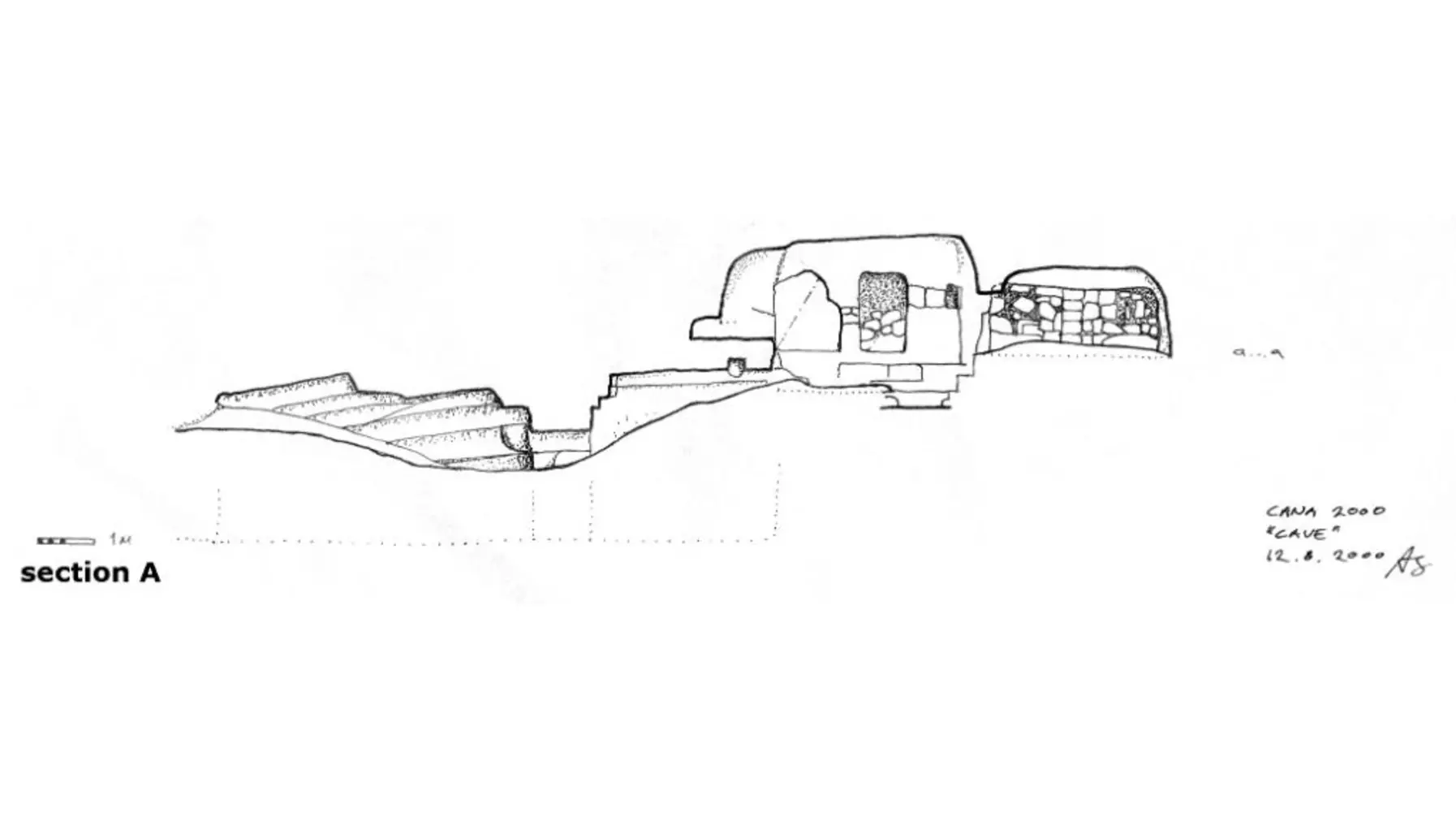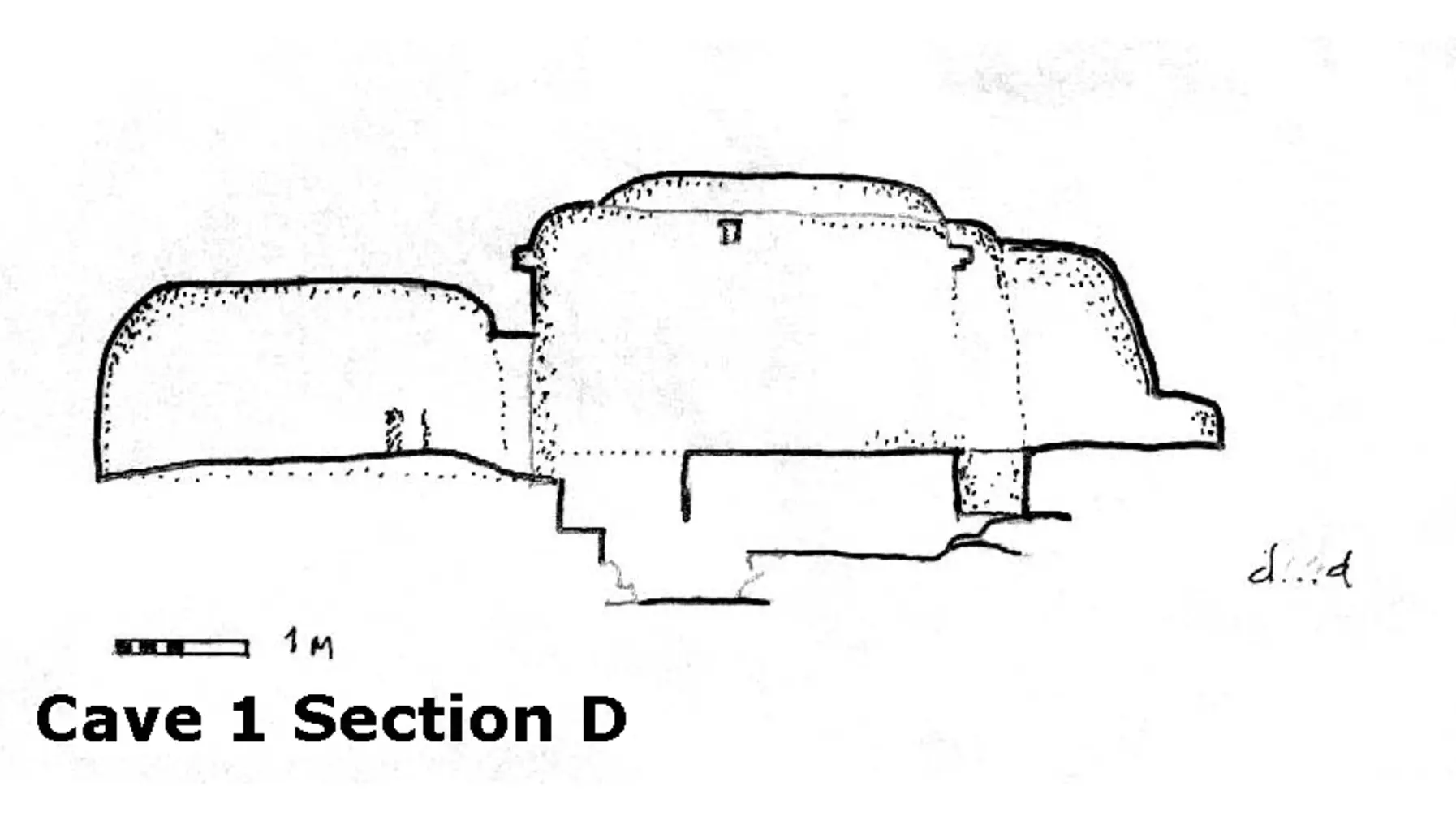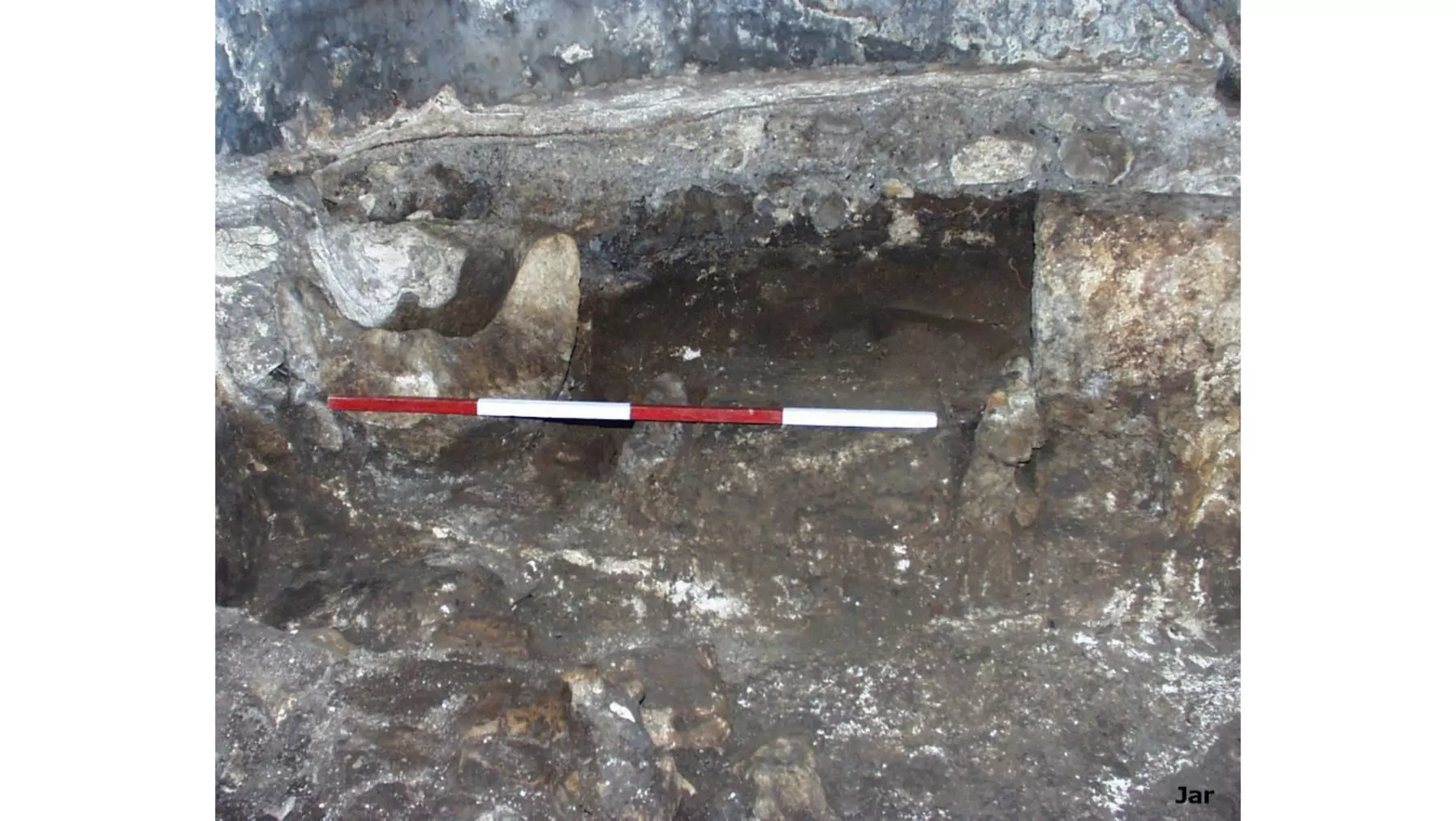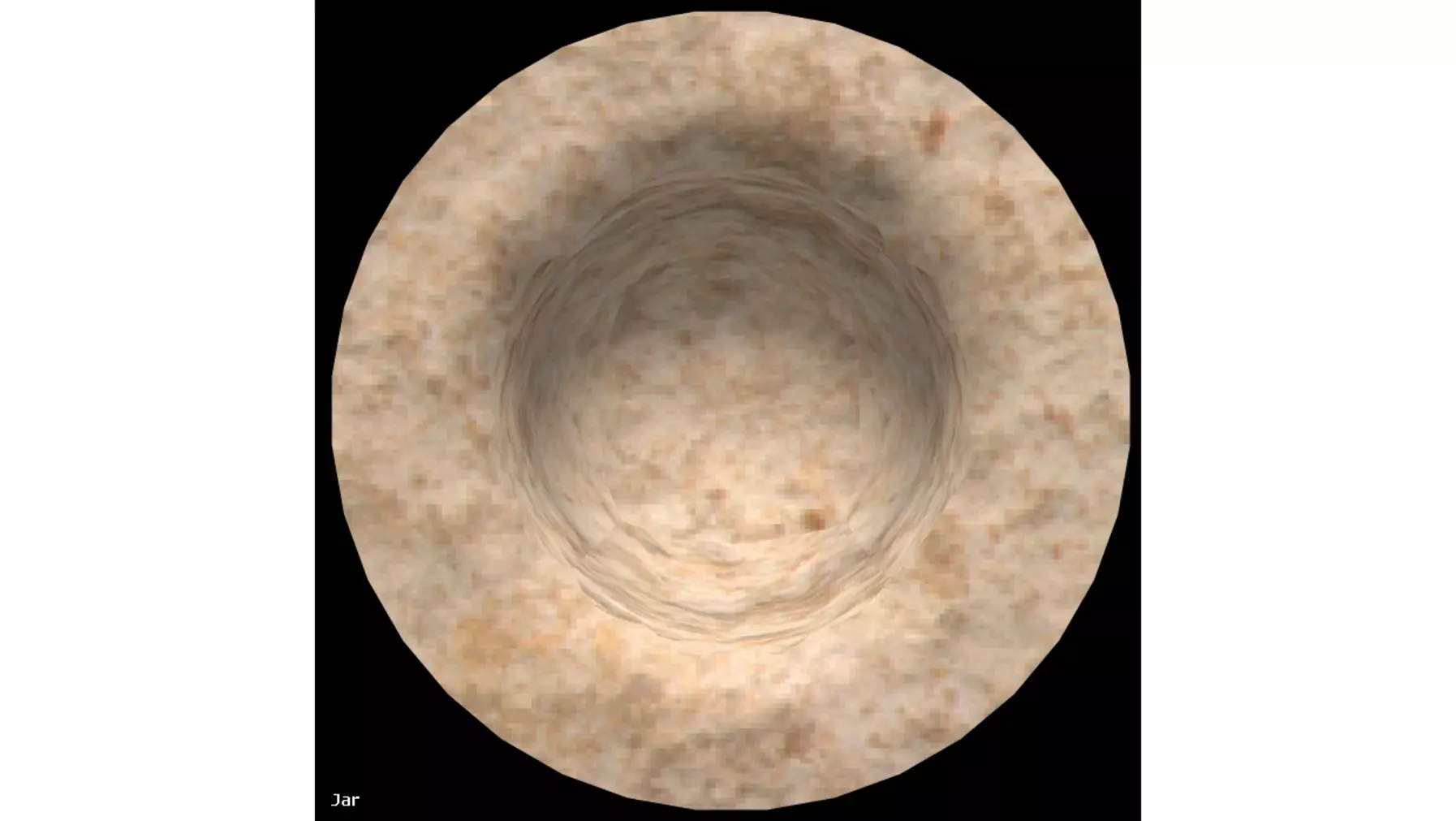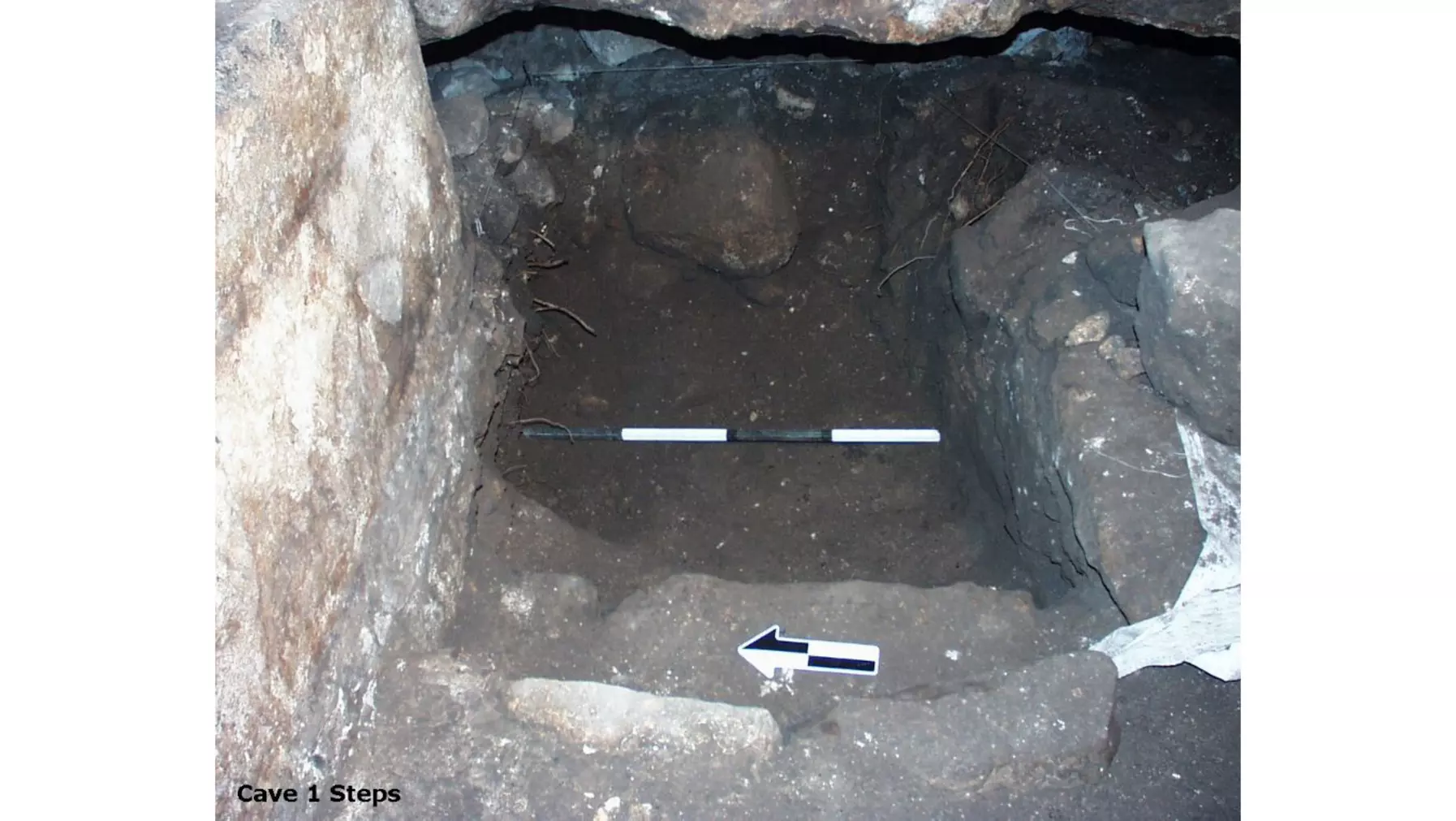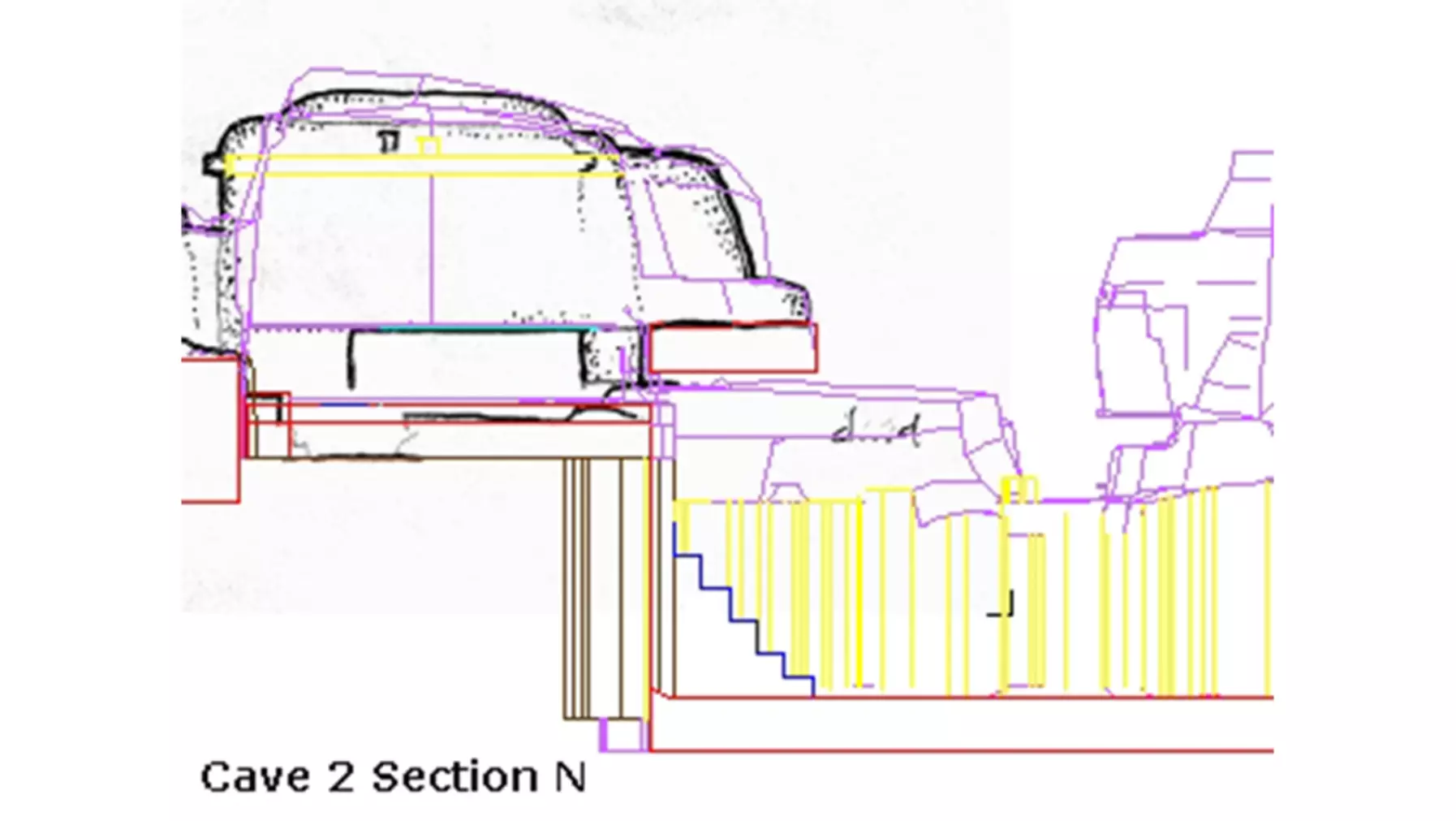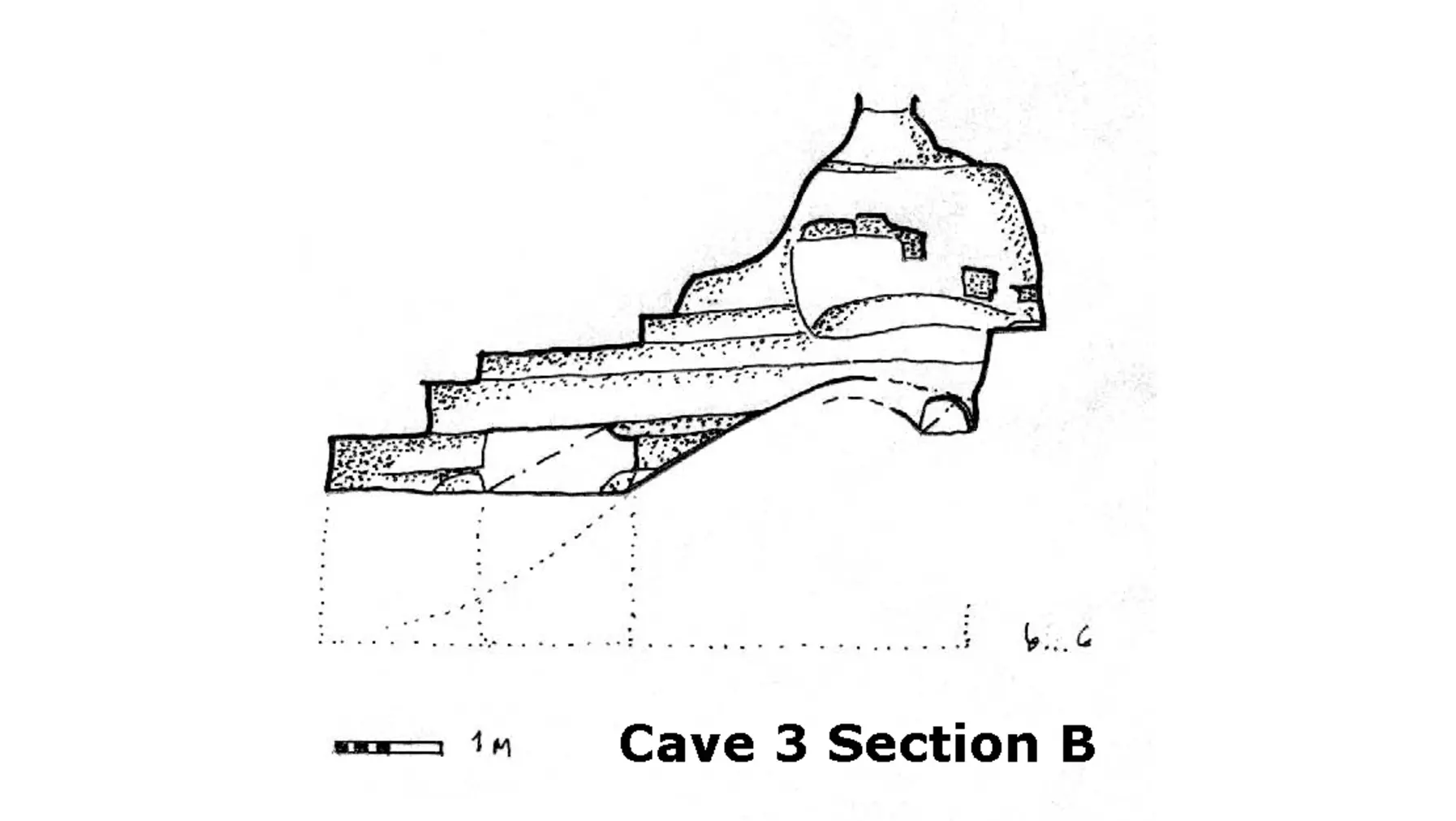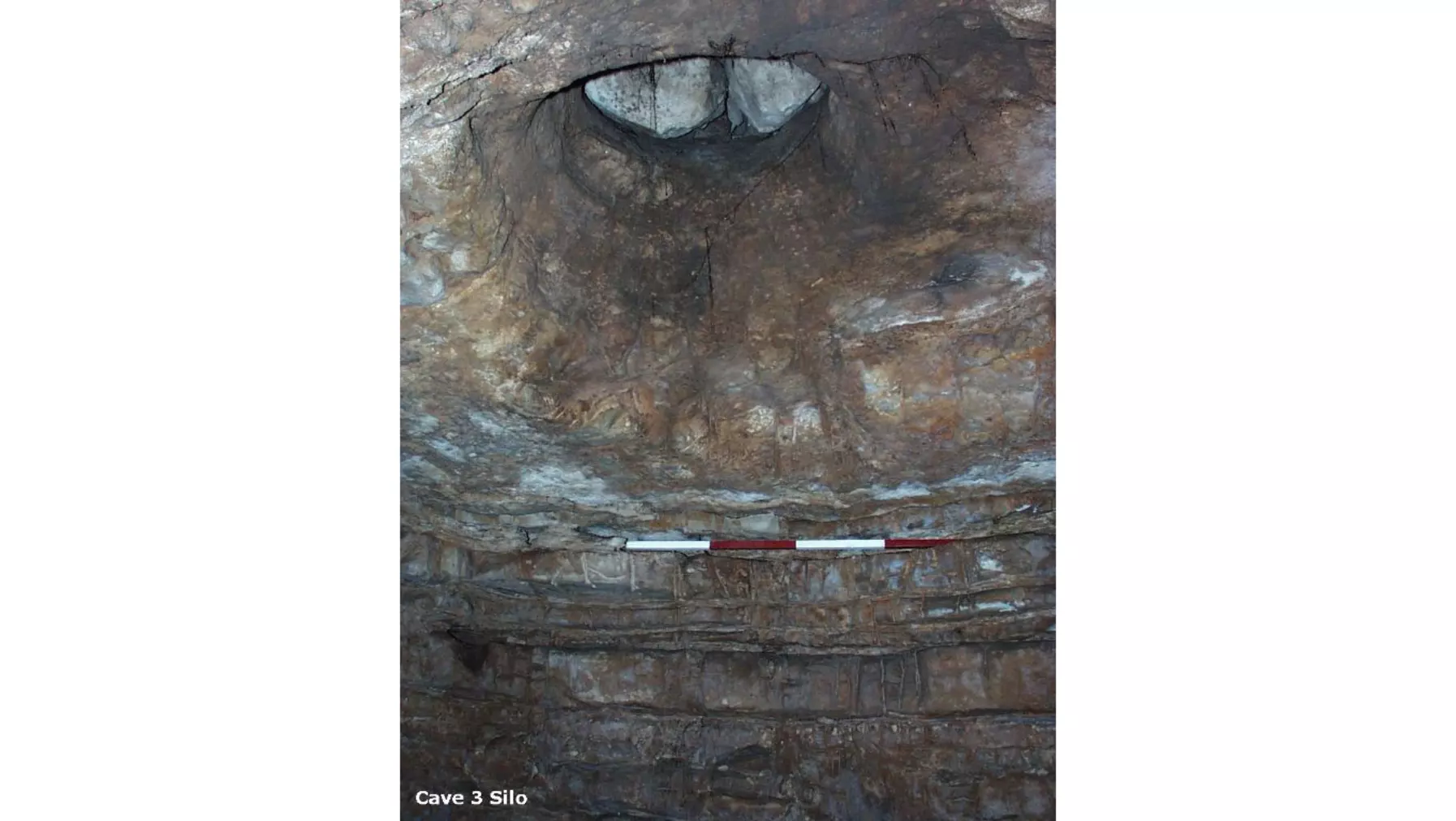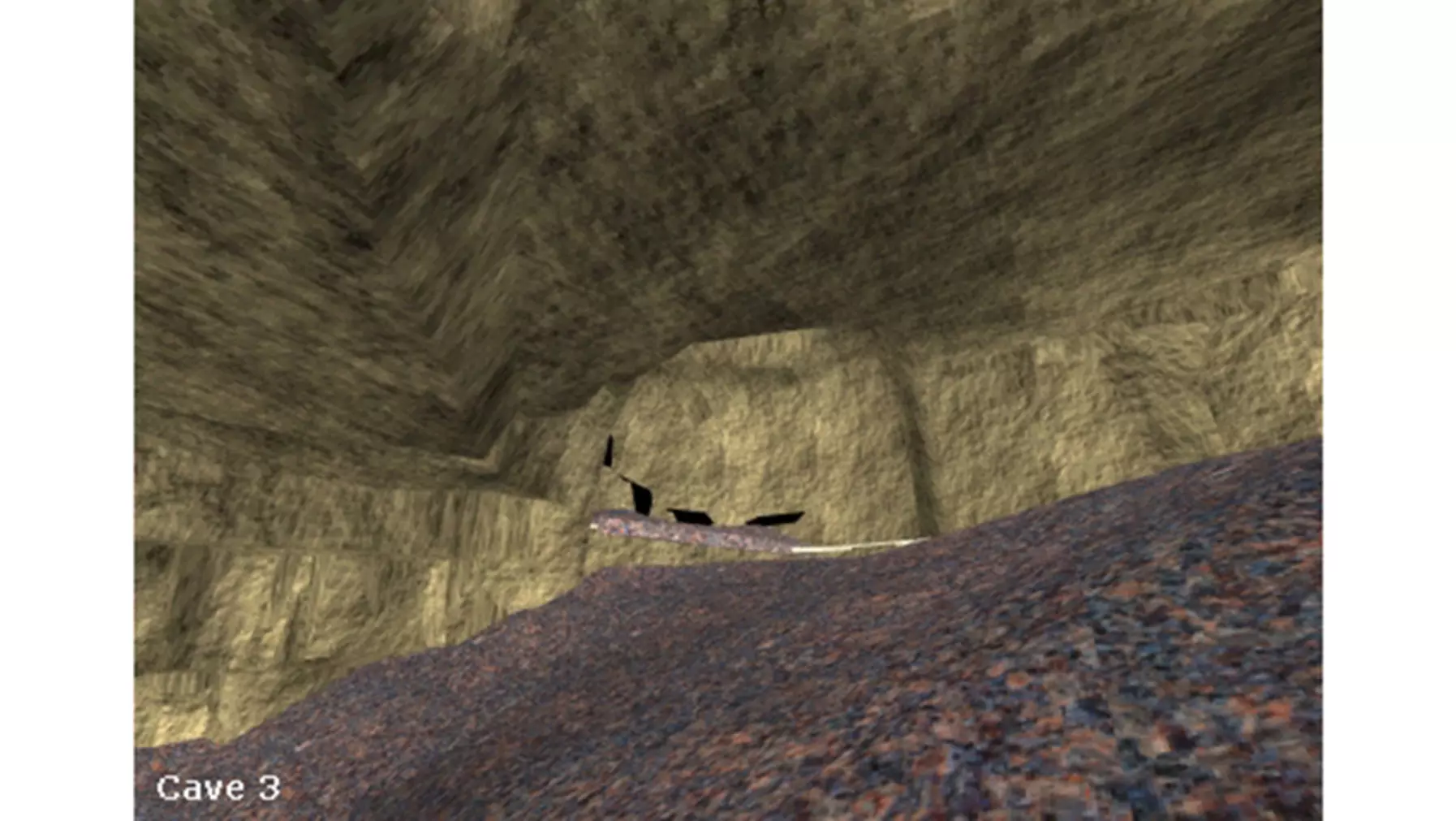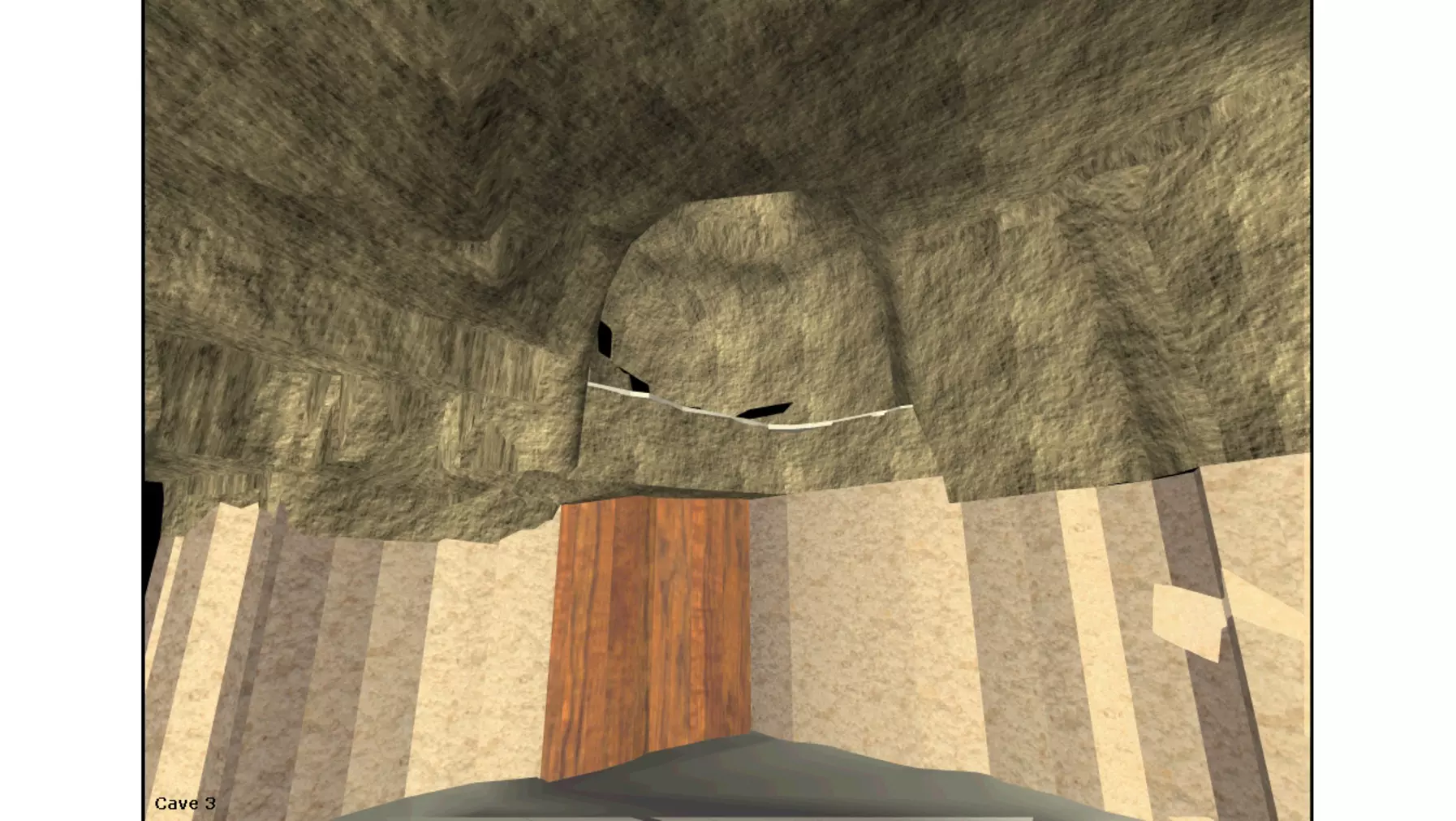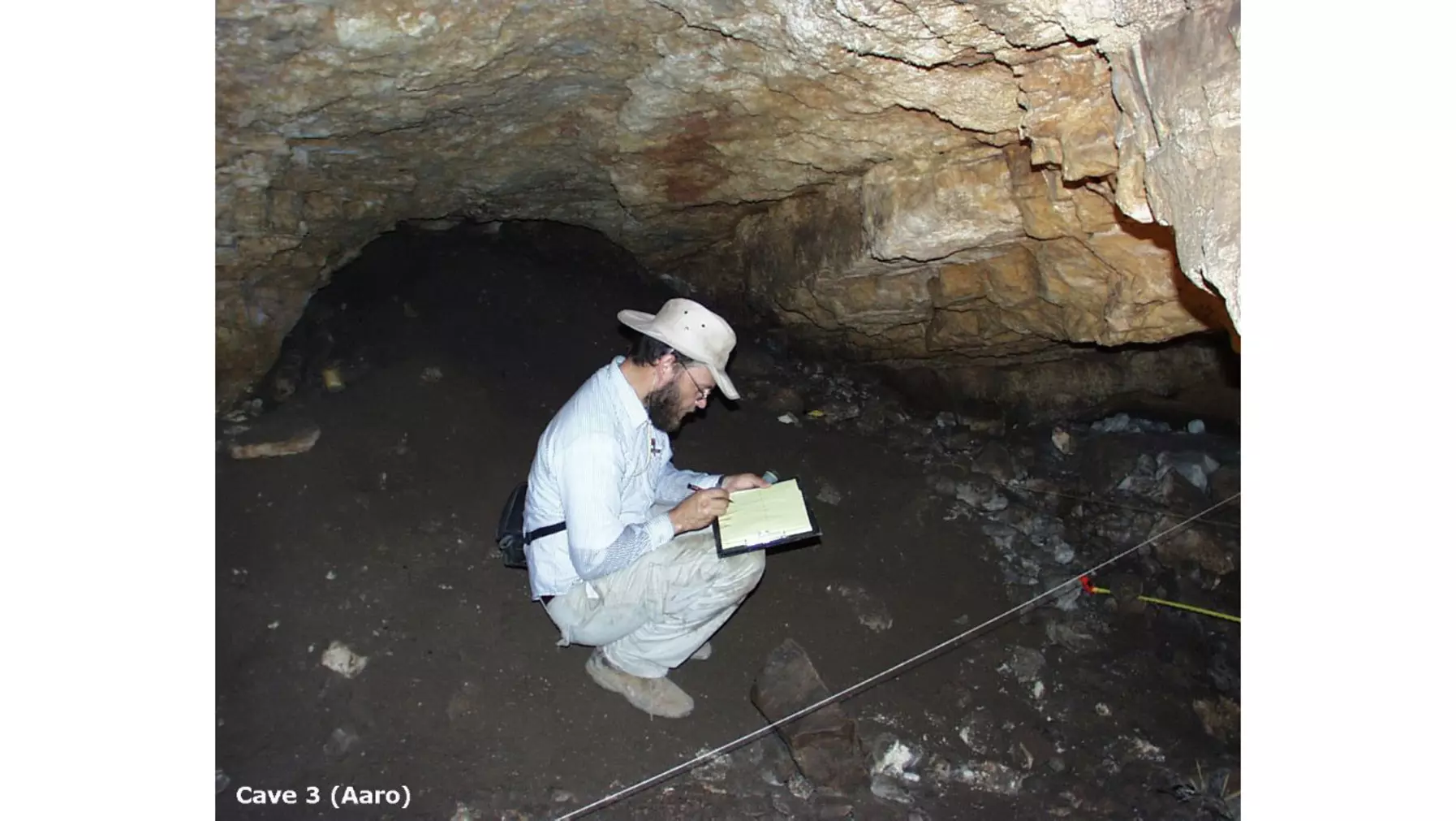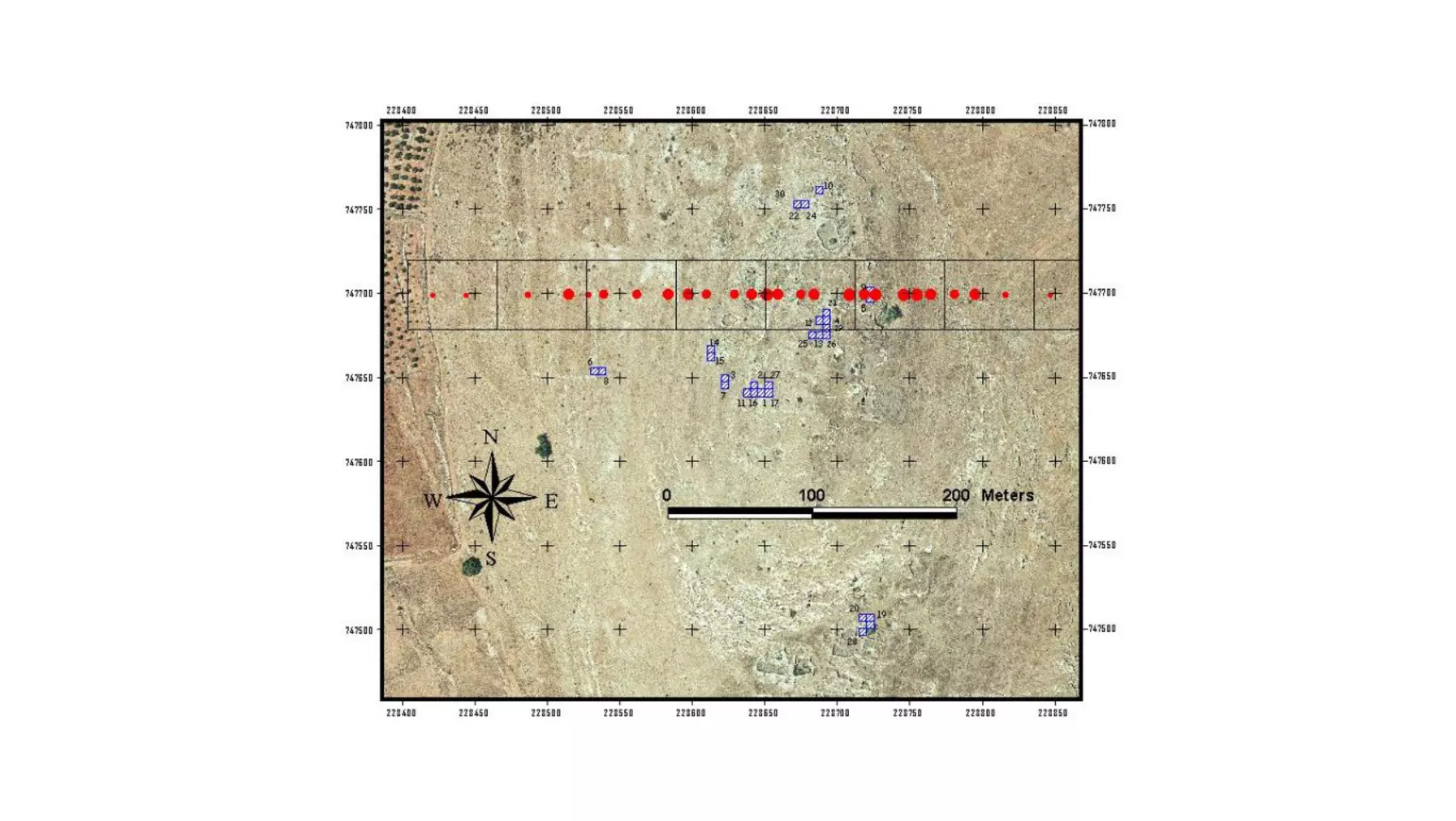Below you will find links relevant to the Khirbet Qana Archaeological Project. For archaeological and technical resources, please see the general bibliography here. If you are aware of any other material that you would like to see listed here, please send an email to the website administrator on the Contact Puget Sound page.
D. Adan-Bayewitz, Common Pottery in Roman Galilee: A Study of Local Trade (Bar-Ilan Press, 1993)
D. Adan-Bayewitz and M. Aviam, “Iotapata, Josephus, and the siege of 67: preliminary report on the 1992-1994 seasons, ” JRA 10 (1997):131-165
S. Alcock, Graecia Capta: The Landscapes of Roman Greece (Cambridge: Cambridge University Press, 1993).
M. Aviam, “”First Century Jewish Galilee: An Archaeological Perspective,” in D. Edwards (ed), Religion and Society in Roman Palestine: Old Questions, New Approaches (London and New York, 2004), pp. 7-27.
M. Aviam and E. Stern, “Burial in Clay Sarcophagi in Galilee During the Roman Period,” ΄Atiqot 33 (summaries of the Hebrew section) (1997):19
B. Bagatti, The Church from the Gentiles in Palestine: History and Archaeology (Jerusalem, 1971).
Dan Bahat, "A Roof Tile of the Legio VI Ferrata from Horbat Hazon," Israel Exploration Journal 24 (1974): 160-69
D. Barag, “Brick Stamp-Impression of the Legio X Fretensis,” Bonner Jahrbucher 167 (1967): 244-267
H. Ben-Nahum, ESI 14: 20, 20-21*; 28-29).
J. Bintliff, "Regional Survey, Demography, and the Rise of Complex Societies in the Ancient Aegean: Core-Periphery, Neo-Malthusian, and Other Interpretive Models," Journal of Field Archaeology 24 (1997), 1-38/
G. Bodribb, Roman Brick and Tile (Wolfeboro: Alan Sutton, 1989).
K. E. Boulding, Three Faces of Power (Newbury Park, CA: Sage Publications, 1990).
Chapman and Shiel, "Settlement, Soils and Society in Dalmatia," in G. W. Barker and J. A. Lloyd (eds), Roman Landscapes: Archaeological Survey in the Mediterranean Region. Archaeological Monographs of the British School at Rome 2 (London, 1991), pp. 62-75.
M. Cosmopoulos, The Rural History of Ancient Greek City-States: The Oropos Survey Project British Archaeological Reports-International Series (Oxford, 2001)
J. Crossan, The Historical Jesus: The Life of a Mediterranean Peasant (San Francisco: Harper, 1993).
J. Dominic Crossan and J. Reed, Excavating Jesus (Harper Collins, 2001).
D. Edwards, “Khirbet Qana: From Jewish Village to Christian Pilgrim site”. In J. H. Humphrey (ed.) The Roman and Byzantine East, volume 3, Journal of Roman Archaeology Supplementary Series 49 (Portsmouth, RI, 2002), pp. 101-132.
D. Edwards, “Identity and Social Location in Roman Galilean villages.” In Jürgen Zangenberg, H. W. Attridge and D. B. Martin (eds.) Religion, Ethnicity and Identity in Ancient Galilee: A Region in Transition (Tübingen: Mohr Siebeck, 2007).
D. Edwards, "The Socio-Economic and Cultural Ethos of the Lower Galilee in the First Century: Implications for the Nascent Jesus Movement," in The Galilee in Late Antiquity ed. by L. Levine (Cambridge, MA: Harvard University Press, 1992), pp. 53-73.
R. Frankel, “The Olynthus Mill, Its Origin, and Diffusion: Typology and Distribution,” American Journal of Archaeology 107 (2003); 1-21.
R. Frankel, N. Getzov, M. Aviam, and A. Degani Settlement Dynamics and Regional Diversity in Ancient Upper Galilee: Archaeological Survey of Upper Galilee IAA Reports 14. Jerusalem: Israel Antiquities Authority, 2001
S. Freyne, “Herodian Economics in Galilee. Searching for a Suitable Model,” in Galilee and Gospel: Collected Essays (Tubingen: Mohr Siebeck, 2000), pp. 86-113
M. Foucault, Power and Knowledge: Selected Interviews and Other Writings, 1972-1977 (New York: Pantheon Books, 1980).
Z. Gal, “ A Stone Vessel Manufacturing Site in the Lower Galilee,” Atiqot 20 (1991); 25*-26* (Hebrew) , 179-180 (English summary)
K. Galor, “The Stepped Water Installations of the Sepphoris Acropolis,” in D. Edwards and C. McCollough, The Archaeology of Difference: Gender, Ethnicity, Class and the “Other” in Antiquity. Studies in honor of Eric M. Meyers Annual of the American Schools of Oriental Research 60-61 (Boston, MA: ASOR, 2007).
P. Garnsey and Richard Saller, The Roman Empire: Economy, Society and Culture (Berkeley and Los Angeles: University of California Press, 1987).
S. Gutmann and D. Wagner, “Gamla_1984/1985/1986,” ESI 5 (1986), pp. 38-41
Y. Hirschfeld, Ramat Hanadiv Excavations Jerusalem: The Israel Exploration Society, 2000)
P. Hordon, and N. Purcell, The Corrupting Sea: A Study of Mediterranean History. Oxford: Blackwell, 2000).
M. Hørning Jensen, Herod Antipas in Galilee: The Literary and Archaeological Sources on the Reign of Herod Antipas and Its Socio-economic Impact on Galilee Wissenschaftliche Untersuchungen zum Neuen Testament 2/215 (Tübingen: Mohr Siebeck, 2006).
R. Horsley, Archaeology, History and Society in Galilee: the Social Context of Jesus and the Rabbis (Valley Forge, PA: Trinity University Press, 1996).
R. Horsley and J. Hanson, Bandits, Prophets, and Messiahs: Popular Movements at the Time of Jesus (Minneapolis: Winston Press, 1985).
U. Leibner, History of Settlement in Eastern Galilee during the Hellenistic, Roman, and Byzantine Periods in Light of an Archaeological Survey PhD thesis, Bar-Ilan University, 2004
Y. Magen, The Stone Vessel Industry During the Second Temple Period: Excavations at Himza and the Jerusalem Temple Mount (Jerusalem: Israel Antiquities Authority, 2002)
J. Magness, “In the footsteps of the Tenth Roman Legion in Judea,” in A. Berlin and J. Andrew Overman (eds) The First Jewish Revolt: Archaeology, History, and Ideology (London and New York, 2002), pp. 189-212.
E. M. Meyers, "Jesus and His Galilean Context," in D. Edwards and T. McCollough (eds), Archaeology and the Galilee: Texts and Contexts in the Graeco-Roman and Byzantine Periods USF Studies in the History of Judaism (Atlanta: Scholars Press, 1997), 57-66.
F. Millar, "Empire and City, Augustus to Julian: Obligations, Excuses and Status," Journal of Roman Studies 73 (1983), pp. 76-96.
S. Miller, “Stepped Pools and the Non-Existent Monolithic ‘Miqveh’,” in D. Edwards and C. McCollough, The Archaeology of Difference: Gender, Ethnicity, Class and the “Other” in Antiquity. Studies in honor of Eric M. Meyers Annual of the American Schools of Oriental Research 60-61 (Boston, MA: ASOR, 2007)
M. Moreland, “The Galilean Response to Earliest Christianity: A Cross-cultural Study of the subsistence ethic,” in D. Edwards (ed), Religion and Society in Roman Palestine: Old Questions, New Approaches (London and New York, 2004), pp. 37-48.
H. Moxnes, “The construction of Galilee as a place for the historical Jesus - Part II,” Biblical Theological Bulletin (summer, 2001).
D. Parks and H. Neff, “A Geochemical Vector for Trade: Cyprus, Asia Minor, and the Roman East,” in M. D. Glasscock (ed) Geochemical Evidence for Long Distance Exchange (Westport, CT, 2002), pp. 205-214
J. Rech, A. Fischer, D. Edwards, and A. J. Jull, “Direct dating of plaster and mortar using AMS radiocarbon: a pilot project from Khirbet Qana, Israel” Antiquity 77 (295): 155-164
J. Reed, Archaeology and the Galilean Jesus: A Re-examination of the Evidence (Harrisburg, PA: Trinity Press International, 2000)
E. P. Sanders, "Jesus in Historical Context," Theology Today 50 (1993), pp. 429-448.
M. Sawicki, "Spatial Management of Gender and Labor in Greco-Roman Galilee," in D. Edwards and T. McCollough (eds.), Archaeology and the Galilee, pp. 7-28.
I. Shaked and D. Avshalom-Gorni, “Jewish settlement in the southeastern Hula Valley in the first century CE,” in D. Edwards (ed), Religion and Society in Roman Palestine: Old Questions, New Approaches (London and New York, 2004), pp. 28-36
A. Shapiro, “Petrographic Analysis of Roman Clay Sarcophagi from Northwestern Israel and Cyprus,” ΄Atiqot 33 (1997): 1-5
D. Syon and S. Nemlich, Gamla (Tel Aviv: Golan Archaeological Museum, 2001)
M.K. and R.L. Thornton, Julio-Claudian Building Programs: A Quantitative Study in Political Management (Wauconda, IL: Bolchazy-Carducci, 1989)
T. Tsuk, “The Aqueducts to Sepphoris,” in E. M. Meyers,(ed.), Galilee through the Centuries: Confluence of Cultures (Winona Lake, Indiana: Eisenbrauns, 1999), pp. 161-175.
T. Tsuk, “The Aqueducts to Sepphoris,” in D. Amit, J. Patrich, and Y. Hirschfeld (eds), The Aqueducts of Israel JRA Supplementary Series 46 (Portsmouth , RI: JRA, 2002), pp. 278-294.
P. Wells, The Barbarians Speak: How the Conquered Peoples Shaped the Roman Europe (Princeton U.P., 1999).
O. Williams-Thorpe and R. S. Thorpe, “Geochemistry and Trade of Eastern Mediterranean Millstones from the Neolithic to Roman Periods,” Journal of Archaeological Science 20 (1993): 263-320.
O. Williams-Thorpe and R. S. Thorpe, “The Provenance of Donkey Mills from Roman Britain,” Archaeometry 30.2 (1988): 275-289.
C. Xenophontos, C. Elliott, and J. G. Malpas, “Major and Trace-Element Geochemistry used in tracing the Provenance of Late Bronze Age and Roman Basalt Artefacts from Cyprus,” Levant 20 (1988): 169-183.
